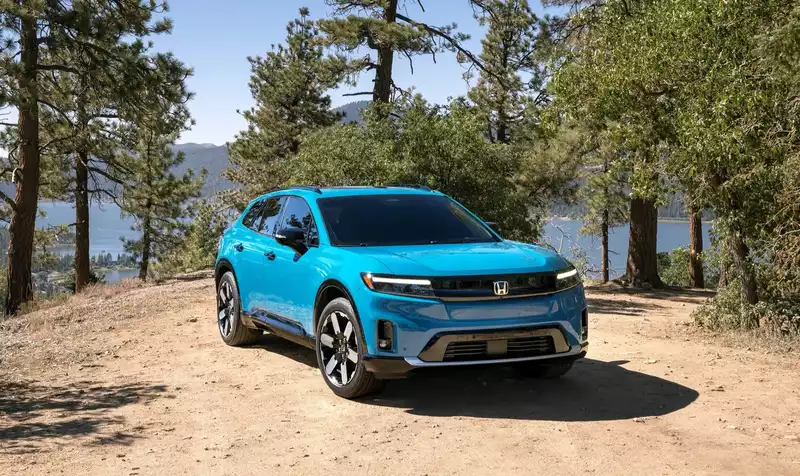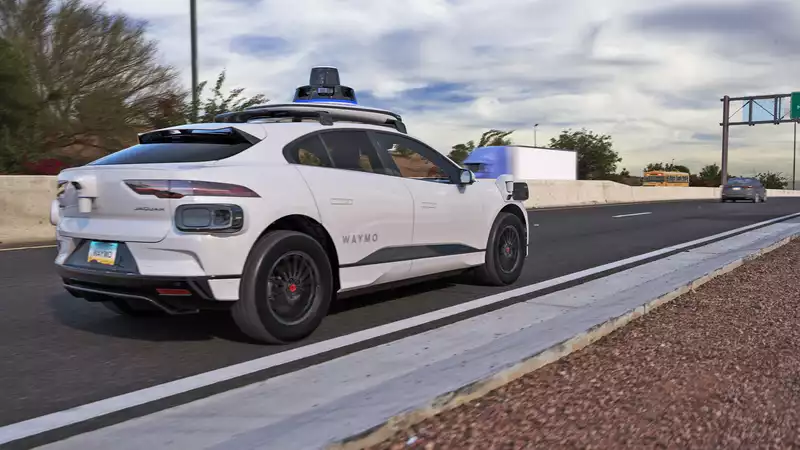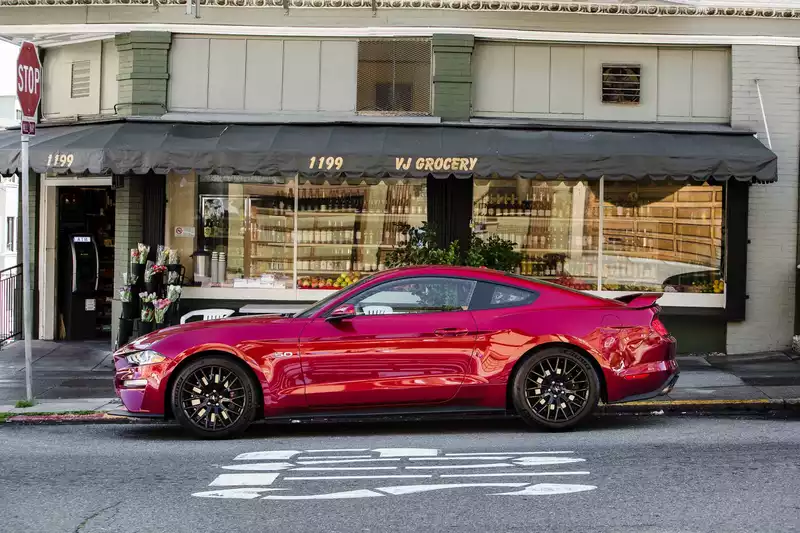Spy shots of the 2024 Lamborghini Urus plug-in hybrid.

Last year, Lamborghini unveiled the Huracan Stellato, the last car to be powered solely by an internal combustion engine. This means that all future models of the Raging Bull will be electrified, starting with plug-in hybrids and eventually moving to electric vehicles.
Lamborghini's first plug-in hybrid will be the successor to the Aventador, which will debut later this month. This will be followed later this year or early next year by the plug-in hybrid Urus, a prototype of which has just been spotted.
A warning sticker on the prototype reveals that it is an electrified model, and the cover for the charging port on the driver's side rear fender cannot be overlooked. The fuel filler cap is in its normal position on the passenger side rear fender.
Lamborghini's most popular model, the Urus, was updated to the Urus S just last year. A sportier Urus Performante was also added last year.
The Urus Plug-in Hybrid looks different from the other models. It has a unique front mask and a new hood that appears to have no vents. Inside the headlights are also new, presumably Volkswagen Group's next-generation matrix LED design, which promises to be brighter and more accurate than current technology.
It is not clear what Lamborghini has planned for the powertrain. It will most likely be the 4.0-liter V8 twin-turbo and one electric motor that the Urus currently has. Expect the electric motor to be integrated with the transmission, like the plug-in hybrid versions of the related Audi Q7, Bentley Bentayga, Porsche Cayenne, and Volkswagen Touareg.
With the help of an electric motor, the Urus Plug-in Hybrid could become the most powerful variant in the Urus lineup, currently held by the 567-hp Urus Performante. A small electric range should also be possible, allowing the Urus to run in cities that impose restrictions on electric vehicles or vehicles without low emission modes.
A version of the Urus' V-8 plug-in hybrid system is expected to be featured in the successor to the Uracan, which is expected to arrive by the end of 2024.





